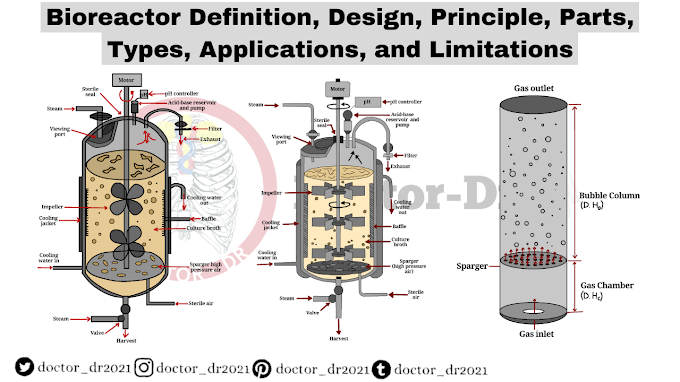Summary:
Researchers have mapped the molecular structure of a key protein in the Nipah virus responsible for its replication and infection. This breakthrough provides valuable insights into how the virus multiplies and opens pathways for developing targeted treatments against this lethal pathogen.
FULL STORY:
A collaborative study by scientists from Harvard Medical School and Boston University has unveiled the 3D structure of the Nipah virus polymerase complex, a vital component for the virus's ability to replicate and infect cells. Nipah virus, a highly fatal bat-borne pathogen, has caused recurrent outbreaks in humans since its discovery in 1999.
The findings, published in Cell on January 20, represent a significant step toward the development of effective treatments for Nipah virus infections, as no vaccines or antiviral therapies are currently available.
Understanding the Nipah Virus Threat
The Nipah virus, primarily harbored by fruit bats, can infect humans through contaminated food or direct contact with infected individuals. Its high fatality rate, ranging from 40 to 75 percent, and its ability to spread via respiratory droplets make it a serious global health concern. In severe cases, the virus causes respiratory distress and encephalitis, leading to brain inflammation and potentially life-threatening complications.Revealing the Polymerase Complex
The study focused on the viral polymerase complex, a group of proteins essential for copying the virus's genetic material and enabling its proliferation. Using cryo-electron microscopy, researchers created a detailed map of the polymerase structure, shedding light on how it regulates critical enzymatic activities required for viral replication."This study lays the groundwork for understanding how the Nipah virus polymerase works at the molecular level," explained Dr. Rachel Fearns, co-author and professor at Boston University.
Potential for Targeted Treatments
By introducing specific mutations in the polymerase, scientists analyzed how these changes impacted its function. They identified structural features that could serve as drug targets, providing critical clues for designing small-molecule inhibitors to disrupt the polymerase’s activity.Although a promising oral drug developed at Georgia State University has shown efficacy against related viruses, it is ineffective against Nipah. The study's findings highlight potential modifications to improve the drug's compatibility with the Nipah virus polymerase.
"Our research identifies new opportunities to develop antiviral drugs that can target the unique features of the Nipah virus polymerase," said Dr. Jonathan Abraham, co-author and professor at Harvard Medical School.
Future Directions
This breakthrough provides a platform for designing broad-spectrum antiviral therapies. The researchers hope their findings will inspire further studies and collaborations to combat this deadly virus."By sharing our findings openly, we aim to encourage global scientific efforts to develop effective treatments against Nipah virus," said Side Hu, co-first author and postdoctoral researcher at Harvard Medical School.
Reference
Side Hu, Heesu Kim, Pan Yang, Zishuo Yu, Barbara Ludeke, Shawna Mobilia, Junhua Pan, Margaret Stratton, Yuemin Bian, Rachel Fearns, Jonathan Abraham. Structural and functional analysis of the Nipah virus polymerase complex. Cell, 2025; DOI: 10.1016/j.cell.2024.12.021







